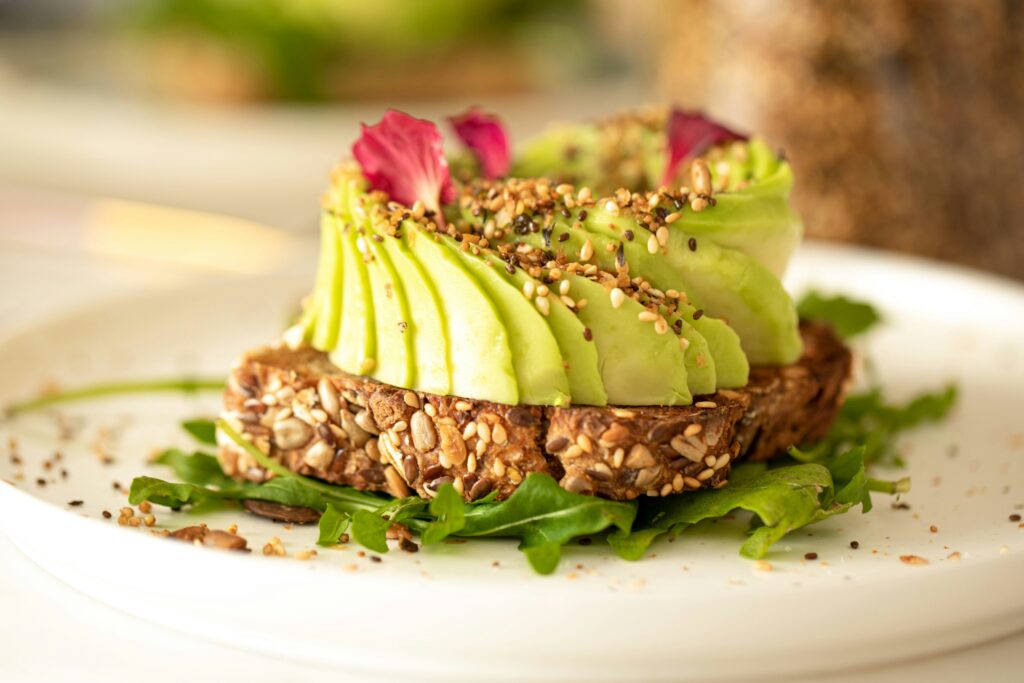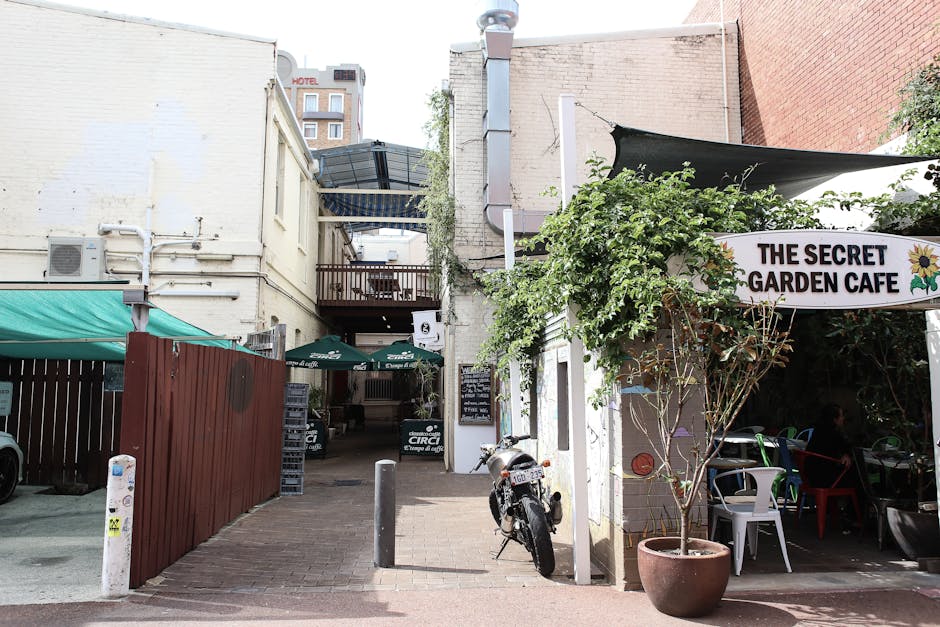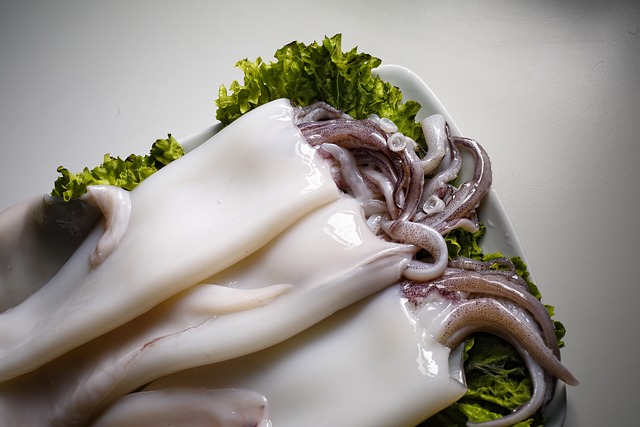Why Global Cuisine Matters
If you want to understand a place, start with its food. Local dishes carry the fingerprints of history, geography, and identity. In one bite, you get more than flavor—you get a glimpse into how a culture works, what it values, how it survives, and how it celebrates. Food doesn’t just nourish; it narrates.
Trying a country’s street food or sitting down for a family-style meal builds a kind of memory that’s hard to shake. It’s sensory, it’s social, and it’s often emotional. You may forget the name of the town, but not the exact way that tagine tasted under a desert sky or how the vendor in Kyoto smiled when you slurped your ramen just right. These moments are currency for modern travelers—proof that experience outweighs itinerary.
That’s exactly why culinary tourism is booming. Travelers today want more than photos; they want connection. They’re willing to veer off the “Top 10” list to find dishes that locals crave and recipes passed down generations. Food has become a language that doesn’t require translation. It’s one of the truest ways in.
And for anyone looking to travel deeper, it’s the place to start.
Japan – Ramen (But Not Just Any Ramen)
Ramen in Japan isn’t just a quick meal—it’s a regional battleground. Head north to Sapporo and you’ll find bowls of rich miso broth, spiked with garlic and served piping hot to fight off Hokkaido’s brutal winters. Go south to Fukuoka and you’re in Hakata tonkotsu country, where pork bones are boiled to a cloudy, punchy perfection. Each version tells you something about the place it comes from—and the people who live there.
To get the best taste of either, skip the flashy chains. Instead, duck into the hole-in-the-wall spots with fogged-up windows and no English menus. That’s where the real broth magic happens. Locals won’t talk much, but the silence is part of the vibe. You’ll hear one sound cutting through, though: slurping. Loud, steady, unapologetic. It’s not rude—it’s how you’re supposed to show you’re enjoying it. In ramen culture, slurping means respect.
Japan’s ramen traditions are built on deep craft and regional pride. Once you’ve had the real stuff, cup noodles are just nostalgia fuel—nothing more.
Mexico – Tacos al Pastor
Tacos al pastor didn’t just happen—they’re the result of migration, adaptation, and smart grilling. In the 1920s and ’30s, Lebanese immigrants brought shawarma traditions to Mexico, along with vertical spits and the art of marinated meat. Replace lamb with pork, add local chiles and achiote, and you get the taco al pastor—a smoky, spicy street food legend. Pineapple on top? Pure local genius.
But meat alone doesn’t win hearts. The tortilla matters just as much. Fresh, handmade corn tortillas hold everything together—literally and in essence. They should be soft but sturdy, with just the right chew. Ask any taco lover: a good tortilla can raise a decent taco to greatness, and a bad one can ruin even expertly marinated meat.
If you’re hunting the best roadside tacos, skip the flashy signage. Look for a busy stand with locals hanging around. Trust the scent of grilled onions. Check how fast the tortillas come off the comal. Great tacos don’t need upscale settings—they just need love, lard, and a bit of smoke.
Italy – Risotto alla Milanese
This isn’t your average plate of pasta. Risotto alla Milanese is bold, golden, and unmistakably Northern Italian. Infused with saffron—the world’s most expensive spice—the dish gets its signature color and earthy aroma from the threads that steep into the creamy rice. Northern Italy, especially Milan, favors rice over pasta, and this dish is a perfect example of that regional divide. Here, it’s all about slow cooking, patience, and coaxing depth from simple ingredients.
Unlike pasta, which often acts as a neutral vehicle for sauce, risotto is the main act. It demands attention at the stove and rewards with texture that’s neither soupy nor dry—it’s that perfect, in-between wave. The flavor is rich without being heavy, especially when finished with a knob of butter and a handful of Parmigiano-Reggiano.
To drink, go white. A crisp Gavi or a dry Lugana cuts the richness and lifts the saffron. If you’re leaning more indulgent, a lightly oaked Chardonnay from Italy’s northern regions plays nicely too. Skip the reds. This dish doesn’t need to wrestle with tannins. Let the risotto shine.
It’s not flashy. It doesn’t need to be. It’s Milan on a plate—serious, elegant, and wholly its own.
Thailand – Pad Kra Pao (Holy Basil Stir-Fry)
If you’ve only had Pad Kra Pao from a takeout container, you haven’t really had Pad Kra Pao. This dish hits with sharp spice, savory depth, and the unmistakable aroma of Thai holy basil—an herb that’s not interchangeable with sweet basil or whatever’s leftover in your fridge. It’s what gives the dish its peppery, slightly minty backbone and sets it apart from just another stir-fry.
Real Pad Kra Pao isn’t fussy, but it’s not toned down either. It’s got the kind of heat that builds slow, backed by the umami of fish sauce and a hit of sugar to balance things out. Traditionally, it’s made fast and hot, often on a scorching wok at a street stall where the cook knows exactly how long to sear the beef, pork, or chicken before it turns to rubber. The fried egg on top? Crispy edges, runny yolk. Skip it and you’re missing the point.
On Thai streets, this is everyday comfort food—served quick, packed with punch, and usually eaten with rice while perched on a plastic stool. It’s not trying to be elegant. It’s trying to be real. And it wins every time.
Morocco – Tagine
Tagine isn’t just a dish—it’s a method, a rhythm, and a piece of pottery. The magic starts slow. Meat, vegetables, and often dried fruit are layered with spices like cumin, cinnamon, turmeric, and ginger. Then it’s all left to simmer inside a conical clay pot, letting steam infuse everything with deep, layered flavor. Nothing rushed. Nothing wasted.
You’ll find tagines made with lamb, chicken, or just robust seasonal vegetables. Locals don’t cling to a master recipe, and that’s the point. The heart of the dish isn’t repetition—it’s adaptation. Whether you’re in a mountain village or a Marrakech alleyway, each version tells its own story.
And while outsiders might expect rice, true Moroccan tables serve tagine with bread—flat, crusty khobz perfect for scooping up sauce. No fork. No fuss. Just hands, bread, and one shared pot. That’s how you eat tagine right.
India – Masala Dosa
Light, crisp, and packed with flavor, masala dosa is one of South India’s proudest exports—and for good reason. This isn’t your average wrap. It’s a fermented batter of rice and urad dal (black lentils), ladled onto a hot griddle until golden and paper-thin, then filled with a warm, spiced mashed potato mixture. Crunch on the outside, soft and savory in the middle. Minimalistic, yet deeply satisfying.
What makes masala dosa stand out is its technique. Fermentation gives the batter tang and depth, but the texture hinges on skill: the right heat, spread, and timing all matter. A dosa that’s too thick loses its crisp edge; too thin, and it tears. The result, when done right, is a crepe that crackles—balanced by the creamy, curried filling and sidekicks like coconut chutney or tangy sambar.
From street stalls in Bengaluru to cafes in Berlin, masala dosa travels well—but it always carries the soul of southern India with it.
France – Duck Confit
Duck confit isn’t trendy—it’s timeless. Born from necessity in rural Gascony, this method preserved duck legs by curing them in salt, then slow-cooking and storing them in their own fat. It’s indulgent, yes. But there’s method in the richness. Fat doesn’t just preserve—it transforms. The long, gentle cook breaks down muscle fibers, creating melt-in-your-mouth bites with caramelized skin that crunches just right.
Fast forward: what was once peasant fare now lives on elite menus across Paris. But head to the countryside and you’ll find confit with more soul and less markup. Small-town bistros still respect the old ways. They’re not chasing Michelin stars—they’re just doing what their grandparents did, and doing it well.
If you’re hunting for the real stuff, skip the white tablecloths. Look for a chalkboard menu, a local crowd, and a serving of duck that tastes like it forgot it was ever supposed to be humble.
Peru – Ceviche
Ceviche isn’t just raw fish soaked in citrus—it’s Peru’s signature statement on balance, freshness, and sensory punch. At its core, it’s about the interplay between acid, heat, and time. Fresh seafood, usually white fish like corvina or sea bass, is briefly marinated in lime juice until the surface firms up and the flavor deepens. But ceviche isn’t cooked, it’s transformed. That’s an important difference.
Regional takes reveal just how nuanced the dish can get. Along the coast near Lima, the marinade (or “leche de tigre”) gets aggressive with garlic, ají limo chiles, red onion, and coriander. Up north, the citrus profile leans sweeter, and in the Andes, trout often replaces ocean fish. In the Amazon, you might find coconut milk in the mix, bending the tradition while still honoring its roots. Chiles, too, tell stories—mild and smoky in some parts, sharp and fiery in others.
Ceviche demands immediacy. It’s not a dish made hours ahead and chilled—it’s assembled right before service, meant to be eaten immediately. Wait too long, and the texture collapses. Serve too soon, and the flavors haven’t gone full throttle. There’s a razor-thin window for magic, and that’s the point. It’s not just a meal—it’s a moment.
Vietnam – Bún Chả
Once a neighborhood secret in Hanoi, Bún Chả has stepped into the global spotlight—and it’s earned every bit of the attention. The dish is humble but layered: smoky chargrilled pork patties and sliced pork belly served over delicate rice noodles, fresh herbs like mint and perilla, and a bowl of tangy, garlicky fish sauce for dipping. It’s heat, cool, salt, acid, sweet, and umami—all in one bowl.
Though it’s been a staple in Hanoi for decades, Bún Chả got a flash of global fame when former U.S. President Barack Obama sat on a plastic stool next to Anthony Bourdain in a small local joint in 2016. That moment wasn’t just about celebrity—it was a nod to the power of food to level the field. Street-side, surrounded by hum and grit, Bún Chả made its case as more than just a lunch—it’s a cultural handshake.
Today, it remains a go-to for locals and a must-try for culinary travelers. Clean flavors, no fuss, and an honesty that sticks. Skip the fancy setup. Find the smoke. Follow the scent. That’s where the real Bún Chả lives.
Ethiopia – Injera and Doro Wat
At the center of Ethiopian cuisine is the large, tangy, pancake-like bread called injera. Made from fermented teff flour, it’s more than a side dish—it’s your plate, your cutlery, and a big part of the experience. Laid out beneath richly spiced stews like doro wat (chicken and hard-boiled eggs in a berbere-spiced sauce), the injera soaks up bold, layered flavors, waiting to be torn, scooped, and savored by hand.
Eating with your hands isn’t just custom here—it’s communal. One tray, multiple hands, conversation flowing over bites pulled from the same spongy canvas. Gursha—the act of feeding someone else a bite—is a gesture of love and bonding. Silence breaks under the heat of the spices. Laughter mingles with steam.
The fermentation gives injera its sour kick and soft, elastic texture. The spice blends tell stories of trade, tradition, and generations passing down recipes without ever writing them down. It’s not a fast meal—it’s a slow, shared one. And that’s the point.
Final Bite
Trying dishes from around the world isn’t about food photos or bragging rights. It’s about shifting your point of view. When you sit down with a bowl of pho in Hanoi or tear into injera with your hands in Addis Ababa, you’re doing more than eating—you’re listening, learning, and participating. This is food as a lens, not just a meal.
But perspective comes with responsibility. Eat thoughtfully. Ask local cooks questions. Understand what you’re being served and who made it. If someone’s feeding you a recipe their grandmother taught them, that deserves more than a quick review—respect it. And wherever you are, pay fairly. Support the people behind the street carts and back-kitchen stovetops.
In the end, dishes around the globe tell stories—about migration, survival, celebration, scarcity, and love. We just happen to hear them with our mouths full.


 Charles brings his sharp eye for detail and love of global cuisine to FoodHypeSaga. His writing dives into food culture, exploring fresh trends and unique flavors with a modern perspective.
Charles brings his sharp eye for detail and love of global cuisine to FoodHypeSaga. His writing dives into food culture, exploring fresh trends and unique flavors with a modern perspective.

